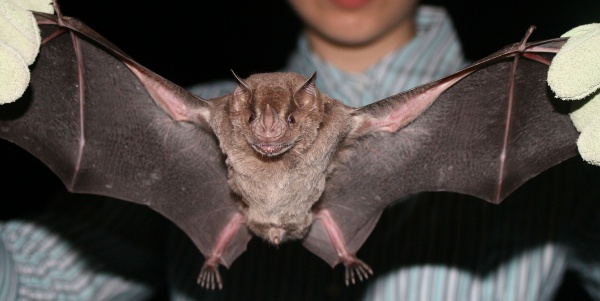Facts About Mexican Fruit Bat
The Jamaican fruit bat, also known as the common or Mexican fruit bat, is a captivating medium-sized species native to Mexico, Central America, northwestern South America, and various Caribbean islands. This bat is a frugivore, primarily consuming fruits, with a particular preference for figs. Its role in seed dispersal is vital for maintaining its ecosystem's health.
One of the bat's distinguishing features is the absence of an external tail and its unique U-shaped interfemoral membrane. These traits set it apart from other bat species.
The Jamaican fruit bat demonstrates remarkable adaptability regarding its habitat. It thrives in diverse environments, ranging from humid and tropical regions to cloud forests and drier tropical areas. They can be found roosting in caves, hollow trees, and foliage. Interestingly, they also create temporary roosts by modifying leaves. As nocturnal creatures, they rely on their keen senses of sight and smell to locate fruits at night.
Behaviorally, the Jamaican fruit bat practices resource defensive polygyny, where males defend territories where females choose to roost and mate. Females give birth twice a year, owing to their bimodal and polyestrous breeding patterns. These bats exhibit a complex social structure within their roosting sites, further adding to their intriguing nature.
Although not considered threatened and generally abundant, Jamaican fruit bats can occasionally be a nuisance to fruit crops. Despite this, their ecological role is invaluable, particularly in wet habitats. They face threats from predators and are susceptible to diseases and parasites.
